Leather has long been seen as a superior material because of its sturdiness and long lifespan. Perhaps it is easy to assume that expensive leather products last longer than faux alternatives, but is this the truth? It is time to outline some facts and fables on the outdated status of leather and its horrible impact on the environment.
Not a byproduct from the meat industry
A long time ago leather started of as a byproduct of the meat industry, that is correct. Suede, for example, has long been a byproduct of the meat industry that wasn’t qualitative enough to make it to Genuine Leather. But in modern life this idea of leather as an useful byproduct is nothing but a misconception. Using the skin of animals killed for consumption might seem justified, as to ensure the animal didn’t die in vain. But for years the leather industry has grown bigger and bigger, resulting in leather farms over meat farms. It would be more correct to state that meat has become the byproduct of the leather industry. In addition, the best quality of leather often comes from calves or young cows who’ve been especially bred for their skin.
This is not only harmful for the animal welfare, but also on a global, environmental scale. Raising animals for their meat or skin requires an enormous amount of food, water and fossil fuels. Furthermore, global livestock has long been exposed as one of the most polluting produces. So stated the Independent that Cow ‘emissions’ are more damaging to the planet than CO2 from cars. Troublesome, indeed.
Where does the leather come from?
Some would associate ‘premium’ leather with locations such as Italy, who are known for their qualitative leather goods. It would, however, be extremely false to state that countries such as Italy are the locations of these leather farms. The highest ranked leather on the planet comes from India - the country where Cows are supposed to be sacred and slaughtering them is even illegal in most Indian states.
So how did they became the biggest, global leather producent? By cramming the cows into trucks and transporting them to the locations where they are allowed to be slaughtered. The animals suffer horribly along the way and many animals get sick before arriving at the slaughterhouses. The details of how these sick animals get inside are gruesome. They are dragged inside, skinned alive or have their legs cut off, reported PETA.
The hypocrisy of tanning
Next to what we just pointed out about the meat industry, the process of turning animal hides into leather is also quite damaging to the environment. This ‘tanning process’ is done to alter the structure of the skin to make it last longer. The most original method of doing so, is soaking skin in water for a long period of time, and afterward they use an acidic chemical compoud (called ‘tannin’) to tan the skin into leather.
So even though many leather makers claim they craft ‘biodegradable’ or ‘eco-friendly’ leather, the actual tanning process makes sure it is precisely NOT biodegradable at all... Furthermore, many leather tanneries not only use damaging chemicals (such as chromium, cyanide and sulfur) but also dispose these chemicals in nearby rivers and intoxicating the waters.
The growth of faux leather & its many forms
Luckily for the planet, a new branch all about faux leather has emerged over the past few years. These plant-based, vegan options are not less sturdy and do not have a shorter lifespan than most leather versions. Furthermore, they keep on innovating and growing, whereas genuine leather has halted a long time ago. Many fashion brands have hopped on, and started producing new innovative materials to establish vegan options. Take plant-based materials for example. These can be made from the cork taken from the bark of a tree (without harming the trees) or by using the fibers of the pineapple leaves to establish a great sustainable alternative to leather. And the list goes on, and on. Mushrooms, corn waste, yeast, recycled coffee, grass, coconut waste and more innovations continue to establish themselves als qualitative, sturdy substitutes for that perfect jacket or reliable bag you always wanted.
The story of Piñatex®, the innovative natural textile made from pineapple leaf fibre.
How to recognize real leather?
Worried you might’ve purchased something that’s less faux then you wanted? Here are some easy tips on how to check the fabric in making sure that no animals were harmed for the garment.
Check the label for the ‘Genuine Leather’ label. If it says ‘manmade material’ it is always faux.
Does it smell musty? Then it’s real leather.
Real leather absorbs water. So if you drop water on it, and it stays on the surface, it’s most likely a faux material.
Check the insides of the garment. If you find the rough, material on the inside, it’s most likely real leather.
Written by Suze van As

